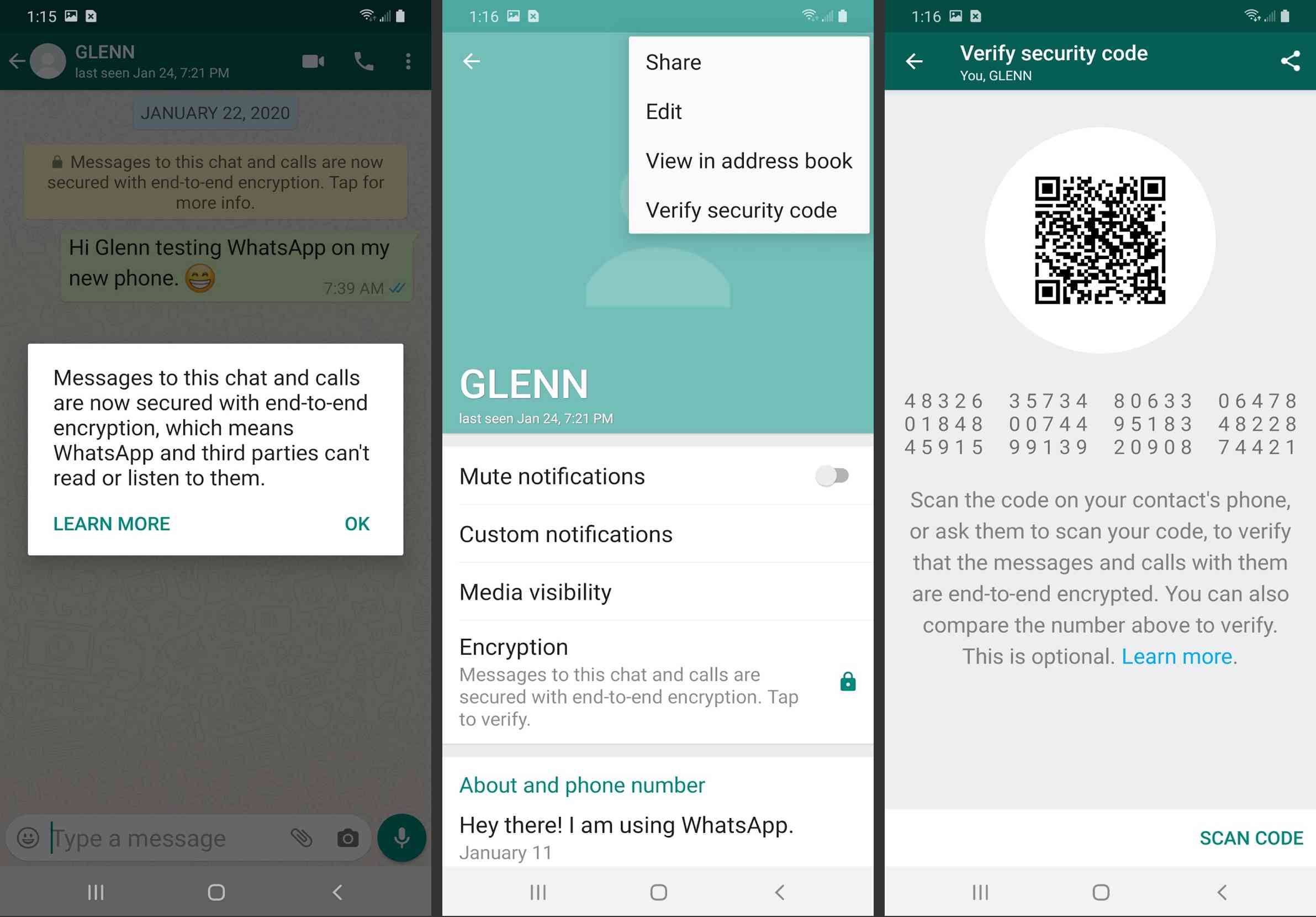WhatsApp has become one of the most popular messaging applications worldwide. Much of its acclaim stems from its robust security features, particularly its end-to-end encryption model. At the heart of this encryption is the underlying question: Does WhatsApp really use RSA in its encryption process? To answer this question, it is imperative to delve deeply into the mechanics of WhatsApp’s encryption architecture while providing a broader understanding of how public key encryption works in general.
To initiate the discussion on WhatsApp’s encryption, we must first clarify the core concept of end-to-end encryption (E2EE). This method ensures that only the communicating users can read the messages, while intermediaries, including WhatsApp itself, cannot access the content. E2EE is akin to securing a conversation in a vault; only the individuals with the specific keys can unlock the information contained within.
WhatsApp utilizes the Signal Protocol, a sophisticated encryption framework originally developed for the Signal messaging app. One of the key features of the Signal Protocol is its dual mechanism of using both symmetric and asymmetric encryption techniques, the latter of which includes RSA (Rivest-Shamir-Adleman). Understanding this layered approach is essential to comprehending how WhatsApp employs encryption within its platform.
RSA, invented in 1977, is widely recognized as one of the first public-key cryptosystems. It utilizes two keys: a public key, which can be shared with anyone, and a private key, which is kept confidential. The security of RSA relies on the difficulty of factorizing large prime numbers. When a message is encrypted using the recipient’s public key, only the corresponding private key can decrypt it, thereby safeguarding the message’s confidentiality.
However, while RSA plays a role in the initial key exchange process, it’s crucial to note that WhatsApp does not rely solely on RSA for message encryption. Instead, after the secure transmission of keys using RSA, WhatsApp employs symmetric encryption via the Advanced Encryption Standard (AES). This transition to symmetric encryption is vital for efficiency, as symmetric encryption is generally faster than the asymmetric methods employed earlier. In this respect, WhatsApp does utilize RSA but in a limited capacity primarily for establishing secure connections rather than for the ongoing message encryption of content.
Moreover, an essential component of WhatsApp’s security framework is the concept of the “Diffie-Hellman key exchange.” When two users connect to one another, they simultaneously generate their own private keys and a shared public key, which serves as a basis for the symmetric key that will subsequently encrypt their conversations. The unique aspect of this approach is that even if a malicious entity intercepts these public keys, they would find it nearly impossible to derive the private keys or the resulting symmetric keys used for encryption.
In addition to RSA, WhatsApp incorporates other cryptographic primitives designed to enhance security. For instance, it uses the Elliptic Curve Cryptography (ECC) algorithm in tandem with its encryption processes. ECC offers equivalent security to RSA but with significantly smaller key sizes, making it advantageous for mobile applications where computational power and battery life are considerations. This blend of algorithms ensures a versatile security framework that can adapt according to the varying demands of users and the technological landscape.
Furthermore, users should be aware that despite WhatsApp’s robust security measures, no encryption system is entirely impervious to threats. A potential vulnerability exists within the app’s handling of metadata. While the content of messages is encrypted, information regarding who is messaging whom, timestamps, and location data remains accessible to WhatsApp and can be leveraged for surveillance or analysis. This metadata can be revealing and poses a different set of privacy concerns that end-to-end encryption does not mitigate.
As users continue to engage with digital communication, it is crucial to remain informed about the security protocols enacted by services like WhatsApp. Although WhatsApp does leverage RSA in its encryption methodology, the essence of its end-to-end encryption lies in its amalgamation of various cryptographic practices, including symmetric encryption and the Diffie-Hellman key exchange. These protocols, alongside rigorous ongoing assessments of vulnerabilities, contribute significantly to the trusted nature of the application.
In conclusion, WhatsApp’s encryption architecture illustrates a complex interplay of different cryptographic techniques. While RSA is indeed a component of this security structure, it operates primarily in establishing secure channels rather than for encrypting user messages in transit. As technology continues to evolve, users of messaging applications must remain vigilant about their digital privacy and the ramifications of encryption, as well as the inherent limitations of any system designed to protect their communications.







Leave a Comment